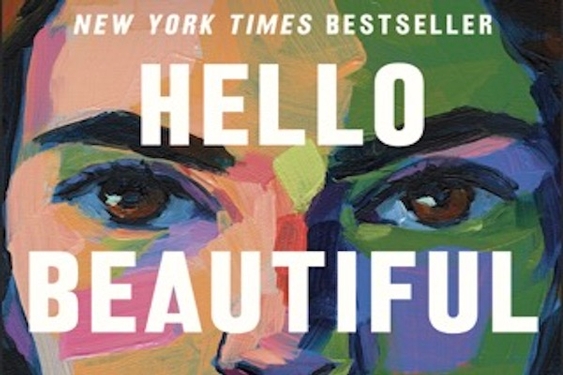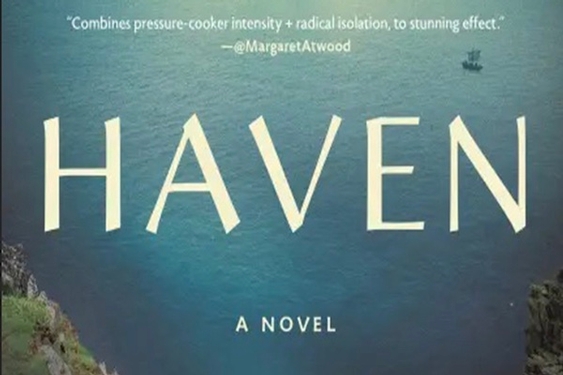Good writing skills are a must in any professional career, and there’s no secret to being a good writer: Learn the tools of English, and practice. And read, of course. A lot. Students can use a hand learning the basics – and the trickier points – of language, and that’s where three new books come in.
Mignon Fogarty, better known as “Grammar Girl,” has written several books on grammar and produces an award-winning grammar podcast each week. But she wrote her three latest books just for students, to help them learn new words, navigate tricky meanings, and put them all together into clear, coherent English. 101 Words Every High School Graduate Needs to Know and 101 Misused Words You’ll Never Confuse Again are short, handy word guides.
The first is simply a list of good words for students to know, such as “canard,” “ironic” and “rancor.” Each is defined and then illustrated with an example taken from literature, TV shows, politics, movies and journalism. The examples are largely fresh and modern, and do a good job of showing the words in context. There’s not a pronunciation guide, though, so you’ll have to hit the dictionary to find out how to say “schadenfreude.”
The second guide actually contains more than 101 words, as most entries differentiate at least two words that are commonly mixed up. The entries include “affect/effect,” “lay/lie” and “till/’til/until.” Each word is explained and illustrated with the same caliber of examples as the Graduate guide, but an added feature in this book are “quick and dirty tips” for most entries – these offer a mnemonic or short sentence to help people remember the differences.
The Ultimate Writing Guide for Students is a much meatier reference, going beyond vocabulary into grammar and the structure of writing. But it’s not a dry, boring reference. From its bright orange theme color to its tips sprinkled throughout to its “Grammar Schmammar” intro, this guide is both informative and user-friendly. The book starts with the basics – parts of speech – then moves on to sentences, punctuation and tips on common pitfalls. It ends up with a great pep-talk chapter that offers tips and examples on how to clarify and streamline writing, getting over writer’s block and editing and proofing your work.
It’s all done in a light, friendly style with copious examples of what to do, and focuses much more on doing than on not-doing. The main message – good for anyone who writes, not just students – is: You can write; here are the tools.
© 2011, The Wichita Eagle (Wichita, Kan.). Distributed by McClatchy-Tribune Information Services.
Books: Special Features
Guides Help Students' Writing Shine
By Lisa McLendon
Image height and width info failed
Article posted on 8/17/2011
This article has been viewed 1835 times.




